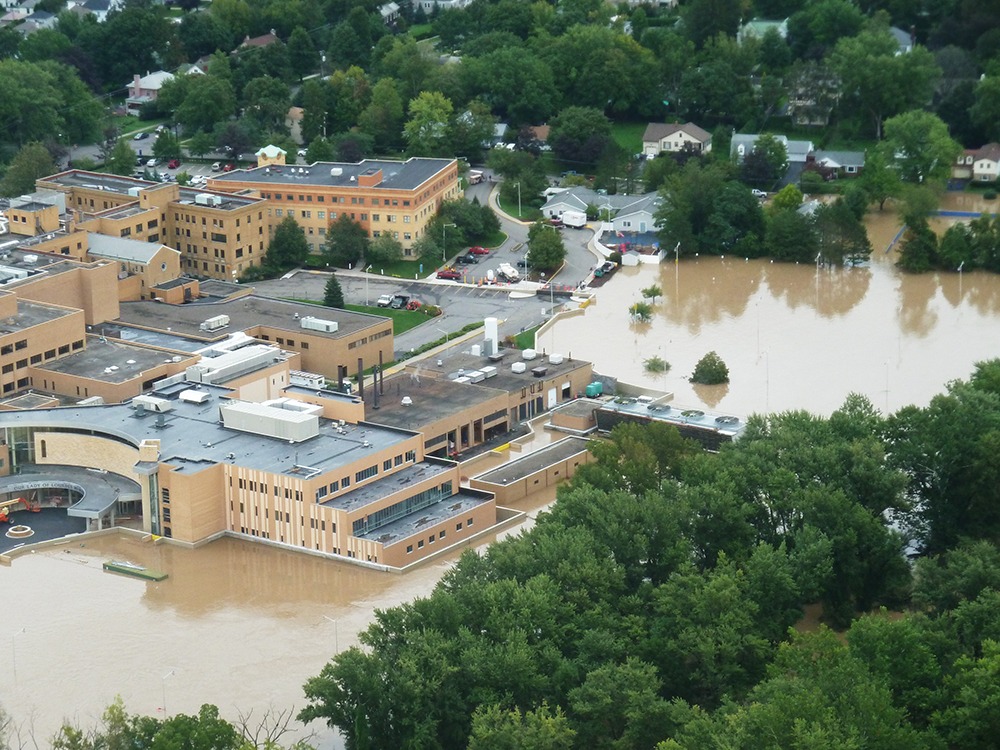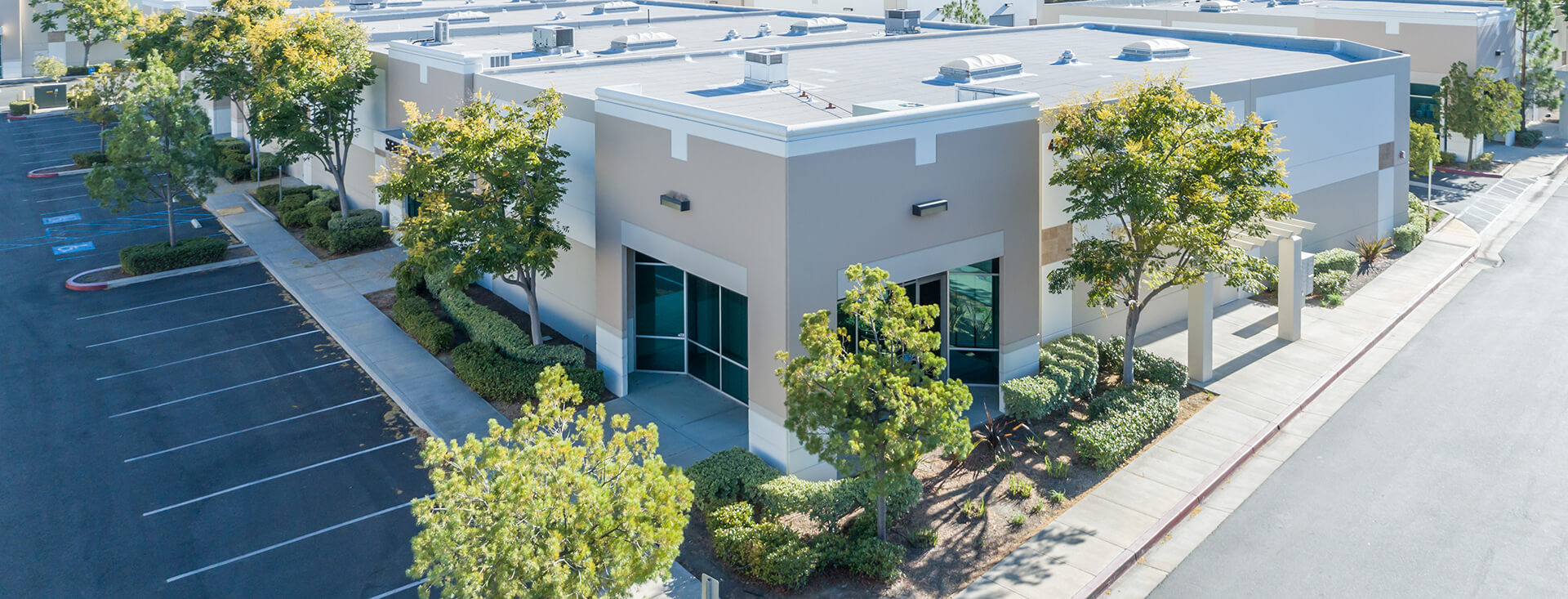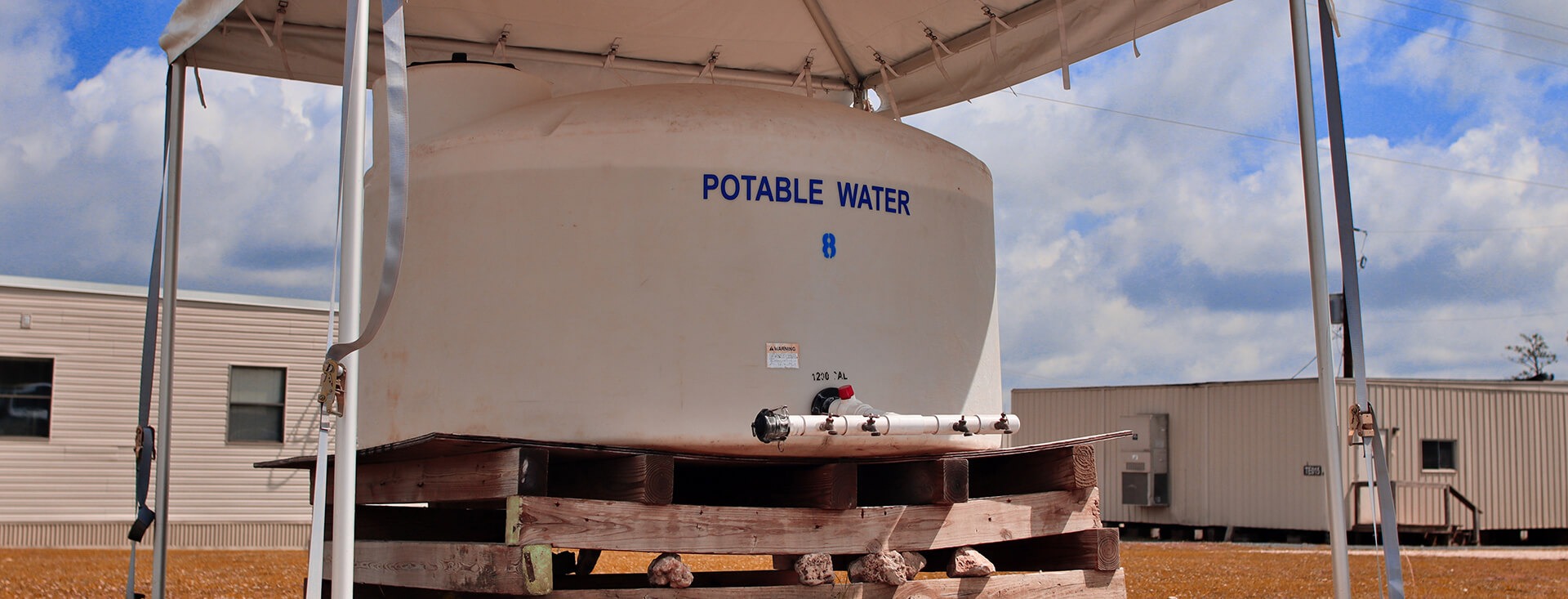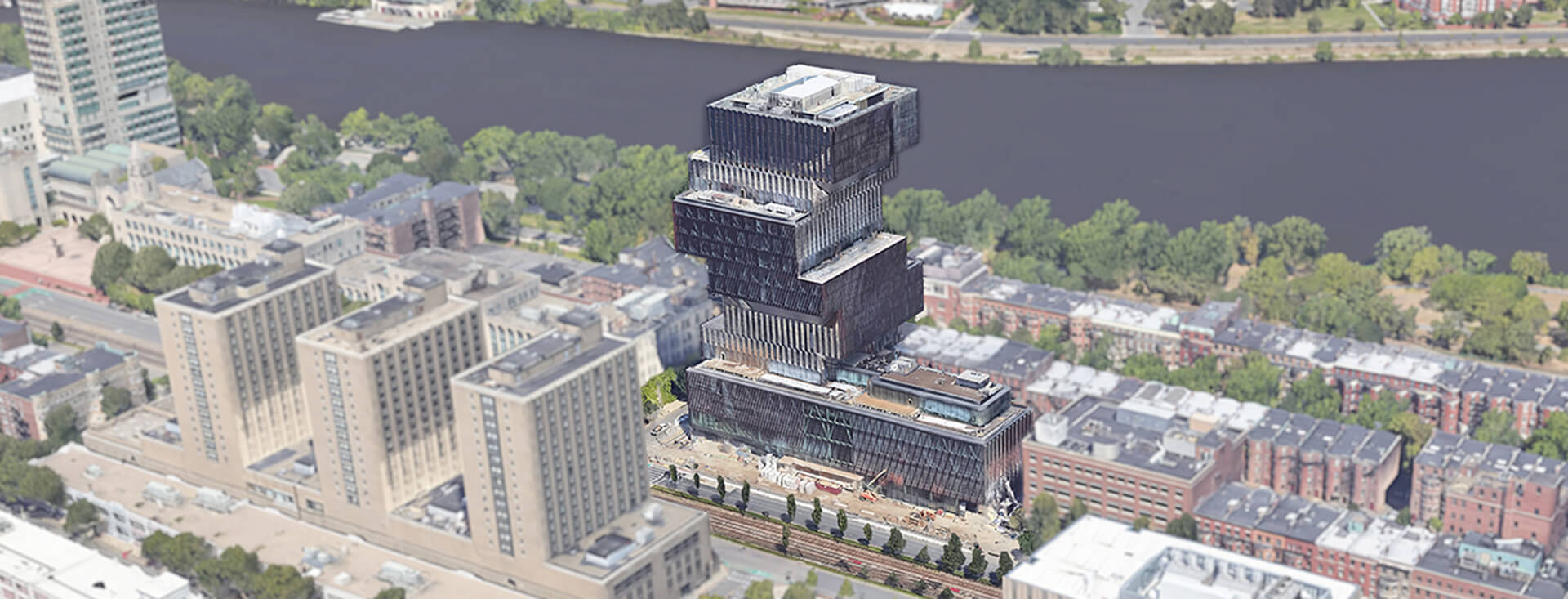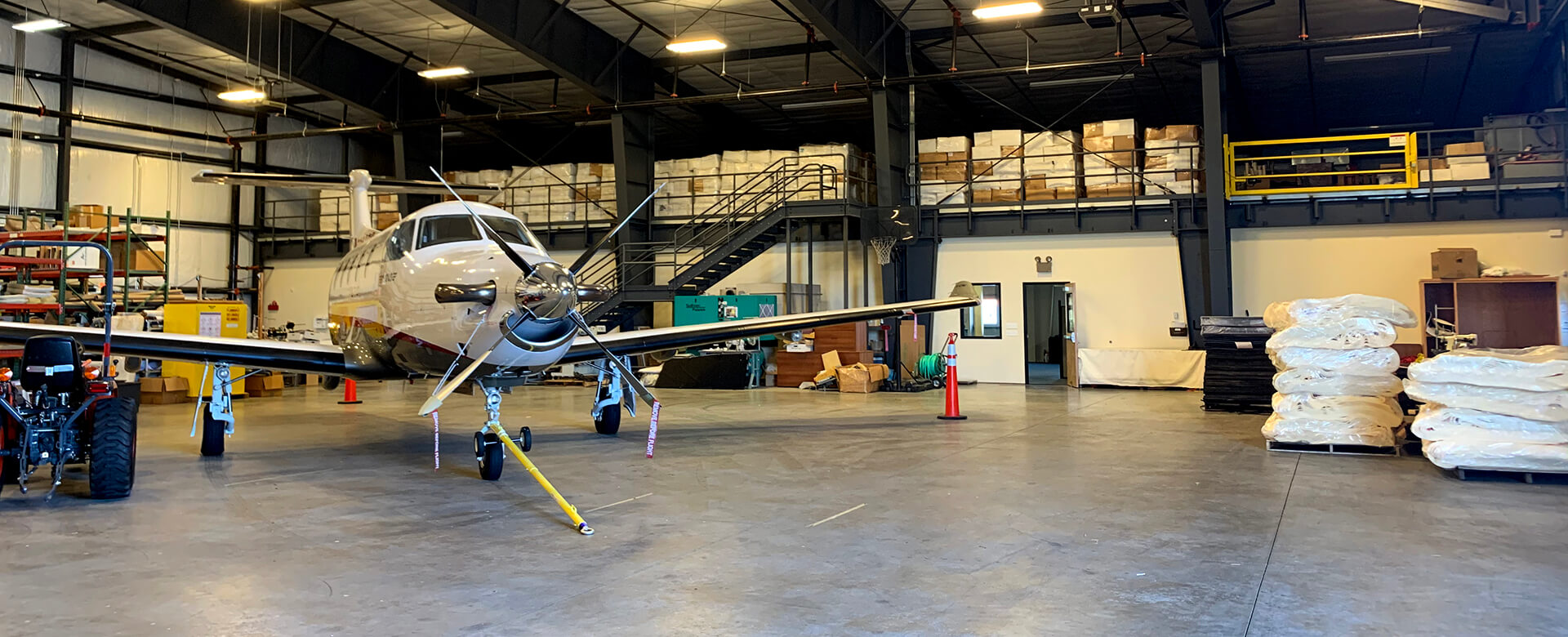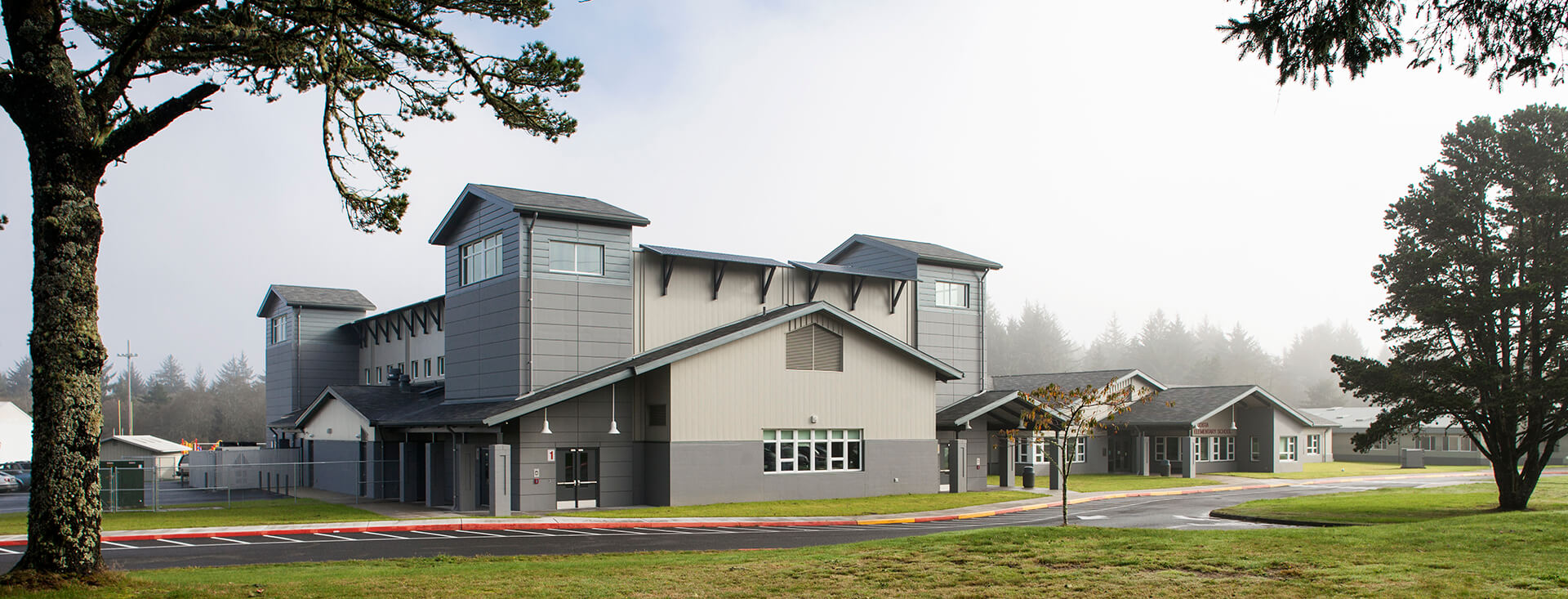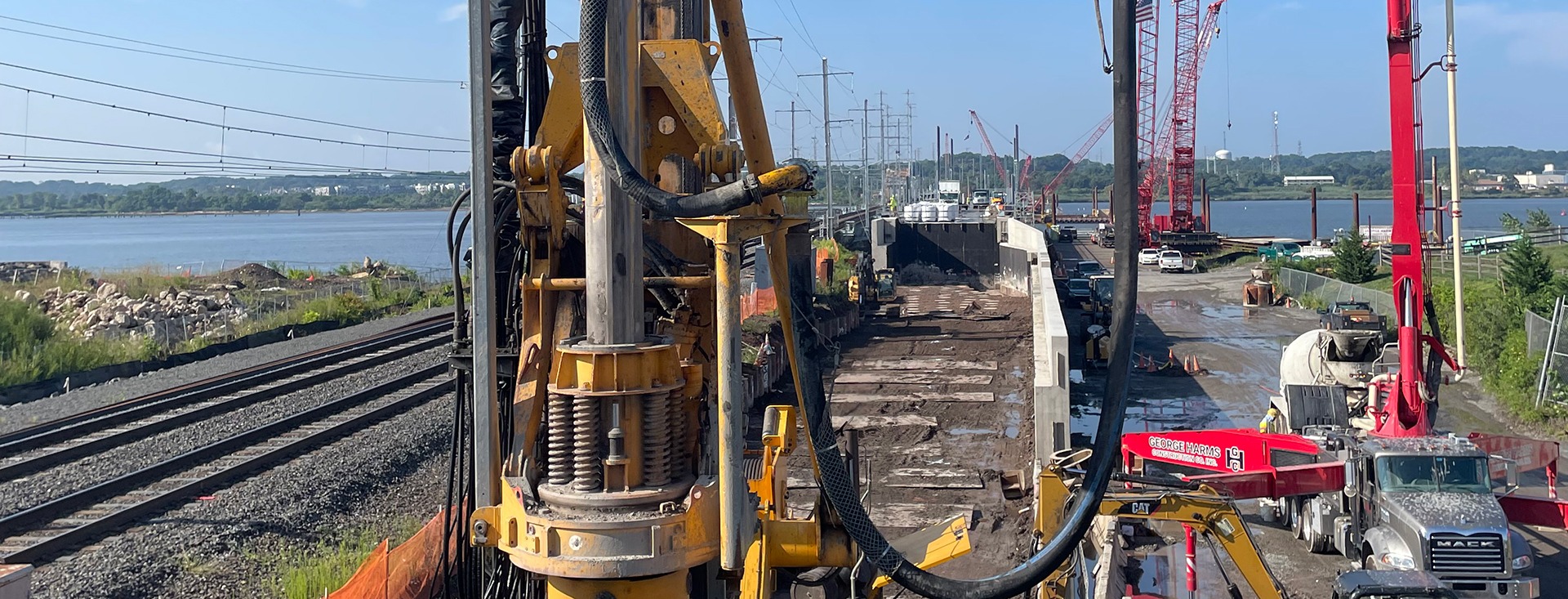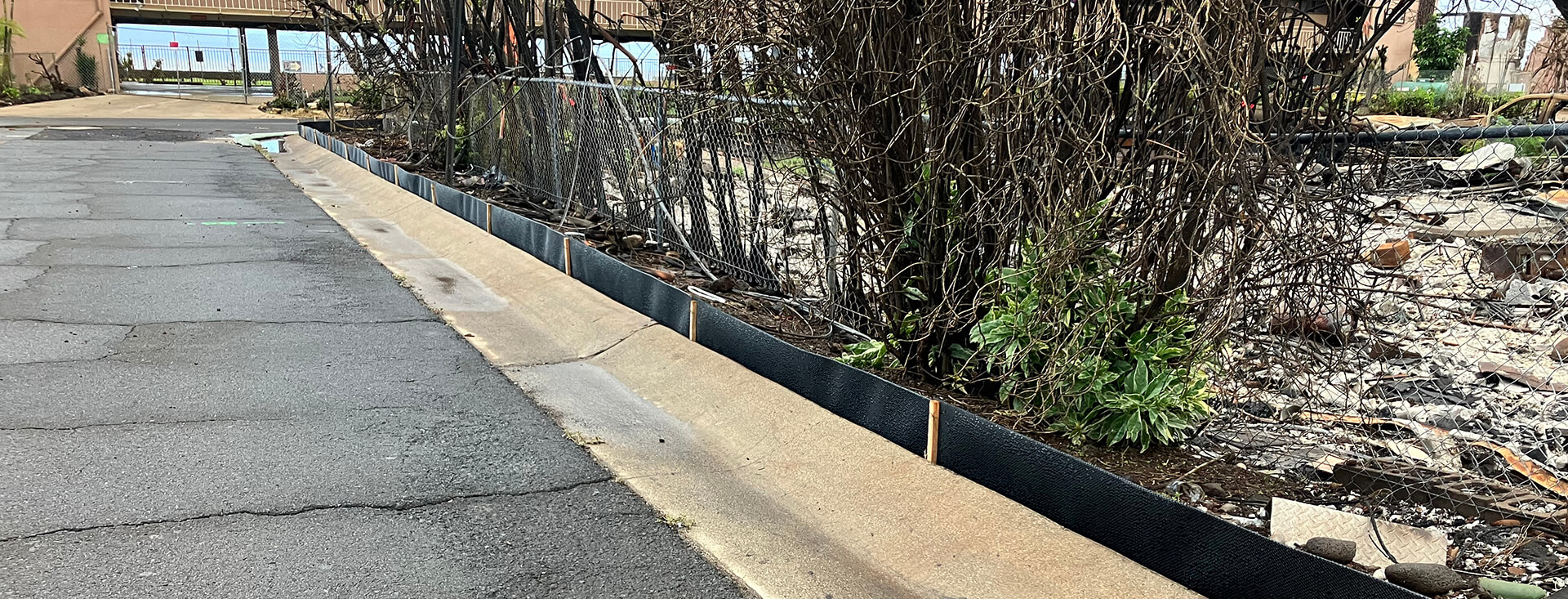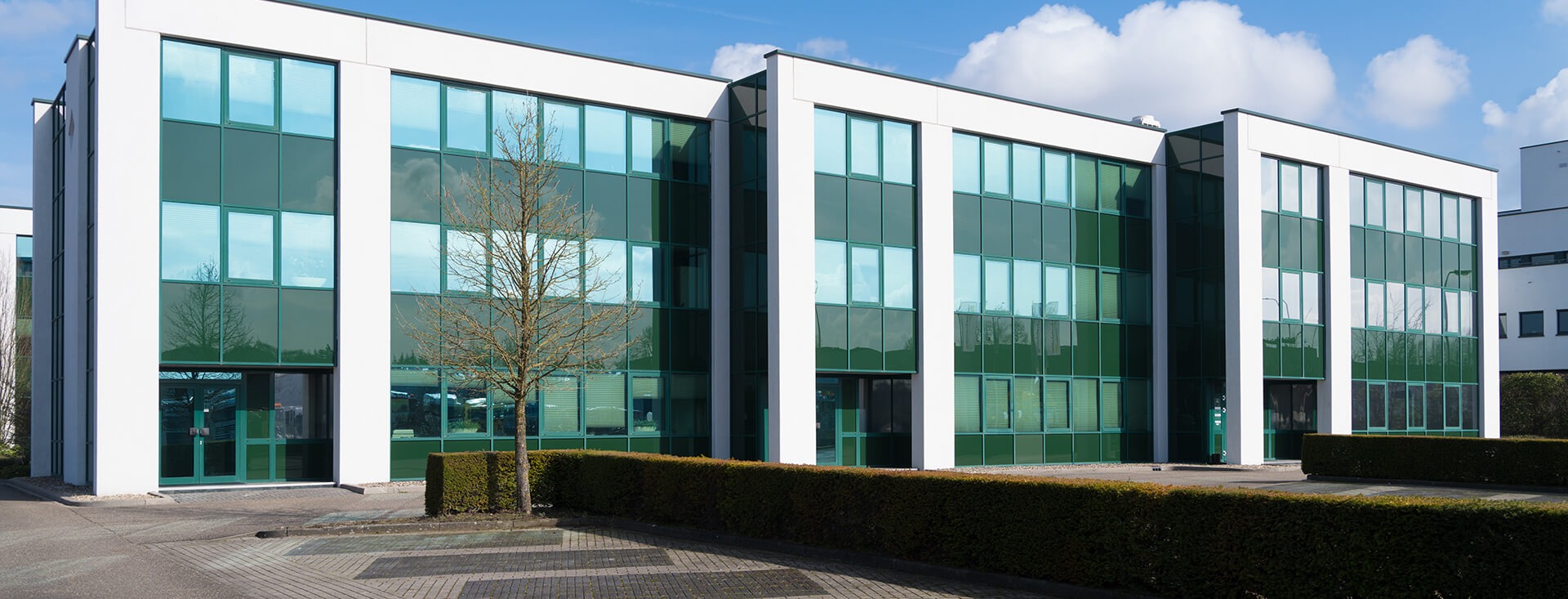
Manufacturing
Haley & Aldrich helps large manufacturer plan for massive natural disaster
Summary
- A manufacturer has its global headquarters in the Pacific Northwest, near a fault line capable of producing a major earthquake and tsunami. The company needed help preparing its campus and business operations for this potential catastrophe and its aftermath.
- The company turned to our engineering and emergency management teams for a comprehensive, cost-effective, and actionable plan that would help protect its employees and minimize business disruption.
- We conducted a comprehensive assessment of the 200-acre campus, including 80 structures and utility and transportation infrastructure, to pinpoint the most at-risk assets. We also helped the company set priorities so that it could get up and running as quickly as possible after a disaster.
- Our team continues to work with the client to prioritize mitigation and prepare the campus to run more independently and sustainably, which may include solutions like installing microgrid solar panels, sourcing alternative fuels for generators, implementing a greywater reuse system, and installing on-site tanks for potable water.
Client challenge
The Cascadia Subduction Zone fault runs along more than 600 miles of coastline in the Pacific Northwest. It has a history of major earthquakes, and scientists say there is a 30 percent chance of another massive quake — likely between a magnitude 8.0 and 9.2 — in the next 50 years. That quake could trigger an up-to-100-foot-high tsunami that would hit parts of the US and Canadian coasts.
A manufacturer with a global headquarters in the region needed help preparing for this potential catastrophe. The company wanted a comprehensive, cost-effective, and actionable plan to protect the thousands of employees who work at its headquarters and to minimize business disruption both locally and around the world.
To accomplish these goals, the manufacturer needed advice on how to mitigate vulnerabilities on its campus. It also needed a partner that truly understood the potential scope of the disaster. The earthquake and tsunami could knock out utilities, roads, and other services across the Pacific Northwest for months or even years. To meaningfully lessen its risk, the company had to explore ways to operate sustainably on its own.
Haley & Aldrich could deliver that combination of engineering know-how and emergency management expertise. Our lead engineer helped develop Oregon’s official resilience plan for dealing with a Cascadia Subduction Zone disaster.
Our approach
We conducted a comprehensive assessment of the 200-acre campus, which included more than 80 structures, many of which were built before the latest seismic codes. We also assessed utility and transportation infrastructure and met with local emergency responders. Through this assessment, we pinpointed the assets most at risk, identified dependencies of critical functions, and then set priorities for addressing the areas that would help the company get up and running as quickly as possible after a disaster.
Next steps will include prioritizing mitigation and preparing the campus to run more independently and sustainably — which will help the company meet its corporate sustainability goals. Concepts that will be evaluated include installing microgrid solar panels, sourcing alternative fuels for generators, implementing a greywater reuse system, and installing on-site tanks for potable water.
Value delivered
- Completed vulnerabilities to identify buildings that need retrofits to reduce risks to employees and the business.
- Evaluated infrastructure vulnerabilities and established dependencies based on critical business functions.
- Provided complex, technical information in easy-to-understand reports that allow the company’s business continuity group to easily explain risks to company leadership.
“When you talk about vulnerabilities this big, it’s easy to get overwhelmed and think, ‘It’s all going to fall down — what do we do?’ One of the things our client values most is being able to look at it as a step-by-step process: as in, these are the things that will give you the biggest jump toward resilience.”
Laura Hanson, Haley & Aldrich
For more information, contact:

Senior Resilience Project Manager


